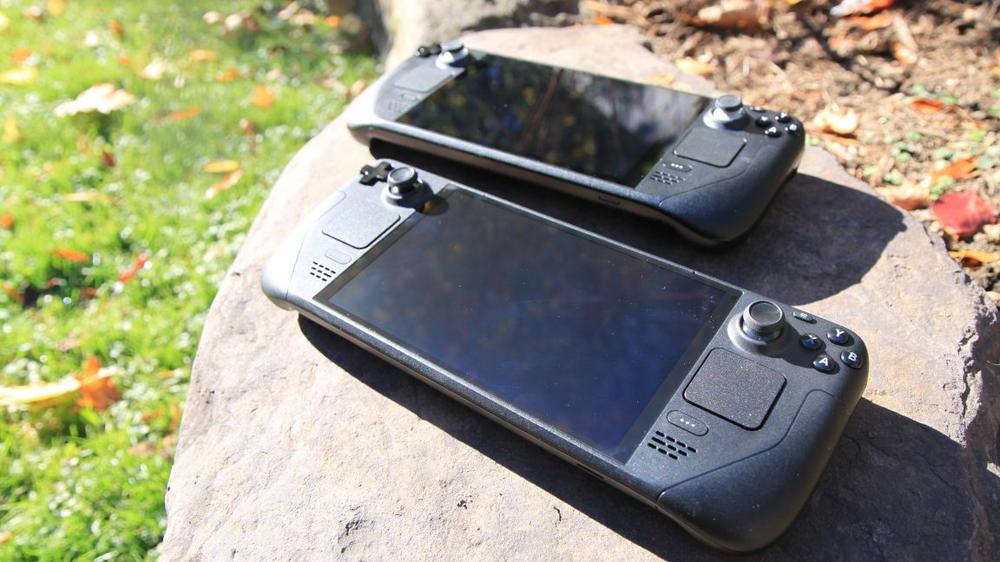Yesterday’s announcement of new living room and VR hardware from Valve obviously has many gamers clamoring for any news of a more powerful version of the nearly 4-year-old Steam Deck. In a new interview with IGN, though, Valve Software Engineer Pierre-Loup Griffais says that portable gaming silicon still hasn’t advanced enough to justify brand-new benchmark hardware.
“The thing we’re making sure of is that it’s a worthwhile enough performance upgrade [for a Steam Deck 2] to make sense as a standalone product,” Griffais told IGN. “We’re not interested in getting to a point where it’s 20 or 30 or even 50 percent more performance at the same battery life. We want something a little bit more demarcated than that.”
“So we’ve been working back from silicon advancements and architectural improvements, and I think we have a pretty good idea of what the next version of Steam Deck is going to be, but right now there’s no offerings in that landscape, in the SoC [System on a Chip] landscape, that we think would truly be a next-gen performance Steam Deck,” Griffais continued.
More power, but at what cost?
At first glance, Griffais’ comments might seem to run counter to the advancements we’ve seen in portable PC gaming handhelds in recent years. The eight-core Zen 5-based AMD chip in the recently launched ROG Xbox Ally X, for instance, is significantly more powerful than the four-core Zen 2 chip in the Steam Deck. The newer handheld can push out decent-quality 1080p graphics at reasonable frame rates for many recent games that the old Steam Deck struggles to run at all.
Keep in mind, though, that Griffais said Valve is focused on getting those kinds of performance improvements “at the same battery life.” The ROG Xbox Ally X has a 50 percent larger battery than the original Steam Deck, and it still fully drains that battery in around two hours when running the most taxing games in “Turbo” mode.
Then there’s the unstated issue of price. The original Steam Deck launched at a very reasonable $399, and even the upgraded Steam Deck OLED still goes for just $549. Launching the Steam Deck 2 at $1,000—as Microsoft and Asus did for the ROG Xbox Ally X—probably isn’t in the cards, given that low-end pricing history.
Valve has been pretty consistent about putting off expectations of an imminent Steam Deck follow-up for years now. As far back as late 2022, Griffais was saying that Valve would “only look at changing the performance level [of the Steam Deck] when there is a significant gain to be had.” And when the Steam Deck OLED upgrade launched in late 2023, Valve Hardware Engineer Yazan Aldehayyat said that “obviously we’d love to get even more performance in the same power envelope, but that technology doesn’t exist yet… we would love for the trend of perf-per-watt to progress rapidly to do that, but it’s not quite there yet.”
Around the same time, Griffais told The Verge that he didn’t “anticipate such a [performance] leap to be possible in the next couple of years.” Back then, Valve designer Jeremy Selan was saying an upgraded Steam Deck was “years away,” and Yang was warning that such an upgrade would be “well in the future.”
While we’re now two years into the “future” that Yang was talking about back then, we apparently still have some more future ahead of us before a more powerful Steam Deck is in our hands. In the meantime, at least, Valve will offer players a screenless Steam Machine that it says will be “over 6x more powerful than the Steam Deck.”

 Peugeot Polygon, con Goodyear pneumatici smart per la mobilità del futuro
Peugeot Polygon, con Goodyear pneumatici smart per la mobilità del futuro